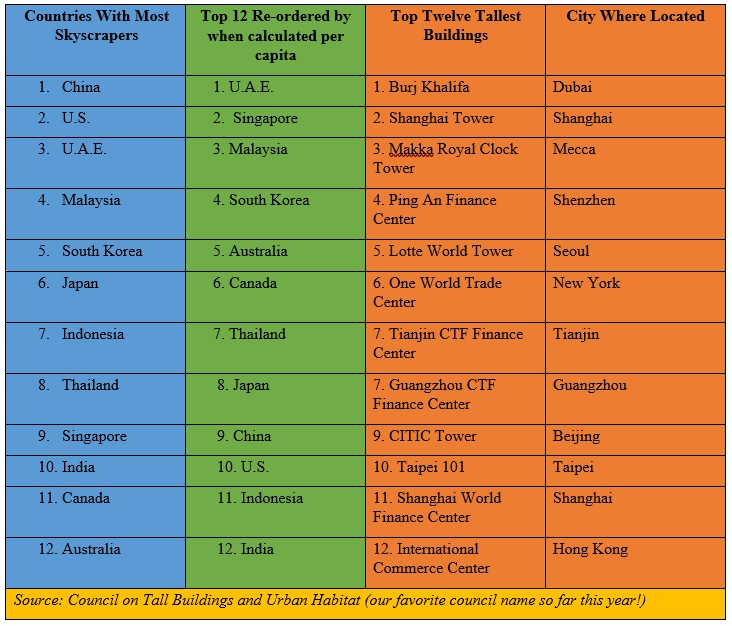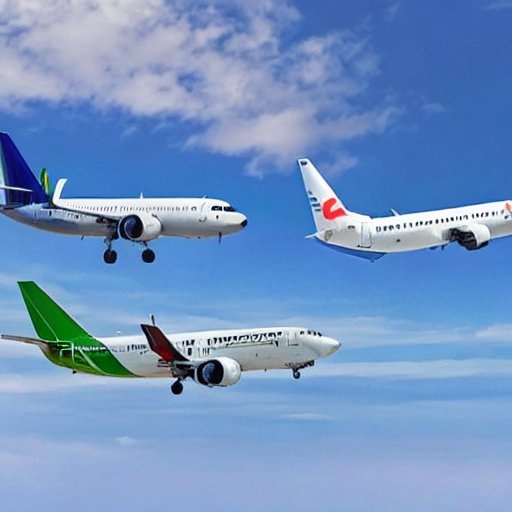We found ourselves spending lots of time at an out-of-town hospital recently with a family member who was ill (and thus the reason for our absence in this space the last two weeks). By necessity we ate in the hospital’s cafeteria which to our surprise had nary a healthy option on its menu. If it wasn’t for the fact that the hospital’s beds were full to the brim, we would speculate the cafeteria’s food was a way to drum up more business for the establishment.
But we don’t come here today to bury American health care companies but rather to alert you to a fantastic recently released live album, the recording of which we attended. You may remember in December during a trip to our beloved New Orleans that we attended Joseph Boudreaux and the Rumble’s show at the legendary Maple Leaf Bar. As luck would have it, they were recording a live album that night. We were in the front row pressed up against the stage—almost tickled by the Chief’s feathers—so you may even hear us on the recording. We assert that this has upped our cool factor considerably and you will henceforth have to treat us with a certain amount of respect and awe. And you most certainly should go listen to and buy this new live album.
Meanwhile we eat nothing but vegetables and listen to Chief Got A New Suit as we breakdown world skyscraper data, recalibrate our views due to a changing India and speculate on China’s threat to America’s largest exporter. It’s this week’s International Need to Know, the spy boy of international information, the wildman of international data.
Without further ado, here’s what you need to know.
John Cleese’s Buildings
Skyscrapers are a measure of a country’s economic development. So which country has the most skyscrapers? The Council on Tall Buildings and Urban Habitat, which we are sure was founded, or at least named by, Monty Python’s John Cleese, provides the answer and additional interesting building data. You will not be surprised that China has the most skyscrapers. It is, after all, the second-most populous country in the world and until recently experienced high economic growth. The United States is second but perhaps the real surprise is the United Arab Emirates is third. Illustrating South Korea’s recent decades of success, it comes in fifth, one step ahead of Japan, which perhaps illustrates its decades of stagnation. In per capita terms, the UAE is the runaway winner followed by Singapore. China barely edges out the U.S. in per capita skyscrapers. But note that China has four of the top ten tallest buildings in the world. We expect over the next ten years that India, Indonesia and Vietnam will climb up this list like…wait for it…King Kong up the Empire State Building.
Facts Change in India
What do you do when the facts change, sir,” John Keynes reportedly said when he was accused of changing his mind.* We are faced with doing that in regards to India and infrastructure. For years we have said India is just as difficult a place to conduct business as China but for different reasons. India’s bureaucracy is notoriously entangled. It takes a long time to get things done there whether in business or for India itself in building infrastructure. But that is changing. India is constructing infrastructure like birds creating nests on our back deck. The Minister of Roads, Transport and Highways claims it is building highways “at the rate of 100 kilometers in 100 hours.” We guess this is somewhat exaggerated but as noted last month, India has been building lots of infrastructure in recent years. Its economy will likely grow at a fast rate over the next 10 years. The U.S. does not build infrastructure, and when it does the time to do so is measured in decades not hours. The paltry permitting reform in the debt ceiling negotiations will not change that. America’s inability to build continues to be the most important issue rarely talked about in America.
*Who actually said this and in what words is a bit complicated but we aren’t going to let those changing facts get in the way of a good opening.
China Corner: COMAC Flies!
It feels like forever that folks have been warning that China’s airplane industry would become a challenge for Airbus and Boeing. But this week, a plane built by COMAC—China’s airplane company—finally went into service for state-owned China Eastern Airlines. This is a big deal. It is true that the COMAC C919 employs lots of foreign parts but even so the world’s airplane duopoly may finally be disrupted. China might succeed where many other countries’ industrial policy to become major airplane manufacturers, including Japan’s, failed. If so, this will have a large impact on the economy, including here in Seattle where we lay our head at night. China is a huge market for airplanes and a place Boeing (and Airbus) have long licked their chops on. But as with so many other industries competing in China, they may soon go away hungry and disgruntled, as China both protects its market and subsidizes its industry. Autos, though much less complicated than planes, are perhaps instructive. Foreign auto companies, including General Motors and a bevy of German car companies, eagerly sold into the China market. It took a while but now Chinese auto companies are not only dominating the domestic market but also, as we reported earlier this year, increasingly exporting to other countries. Boeing could especially be in trouble given China’s efforts to decouple from the U.S. China aims to build 150 of these 737-like planes each year for the next five years. That would be a tiny percentage of the current 25,000+ airplanes in use around the world. But what will the percentage be in a decade or two?




